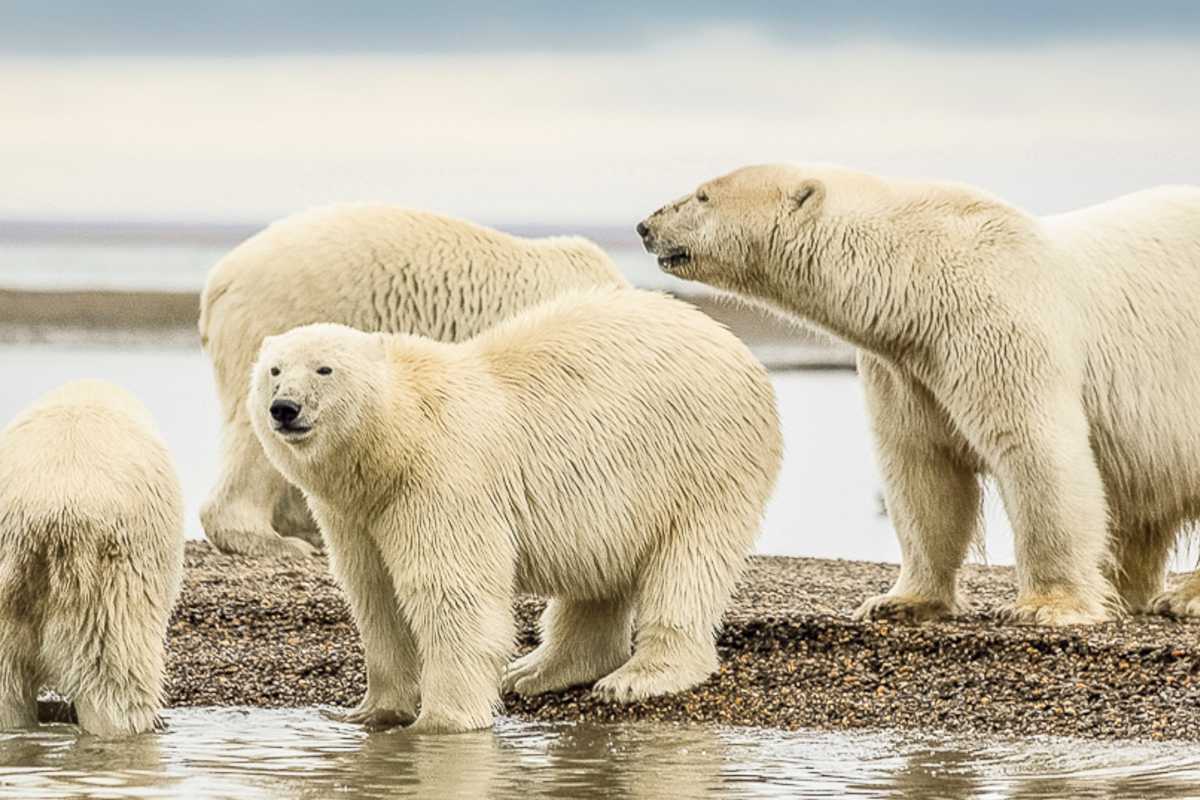
New research shows that genetic diversity among polar bears on Spitsbergen has decreased by 3 to 10 percent in 20 years.
Researchers write that in the magazine Proceedings of the Royal Society B: Biological Sciences. “It’s a substantial decrease,” concludes researcher Simo Maduna in conversation with Scientias.nl.
Climate change
And everything indicates that this can be traced to the loss of sea ice around Spitsbergen. “Spitsbergen is undergoing major changes,” said Maduna. In particular, the west coast (or the westernmost island in the archipelago, ed.) has recorded a large decrease in sea ice. In four decades, climate change-driven changes in the interaction between the air, ice and ocean have led to rapid loss of sea ice and more drift ice (loose pieces of ice carried by wind and ocean currents, ed.). And that is a huge challenge for species that depend on that ice, such as the polar bear.”
Problem
It is not new that the melting sea ice is a problem for the polar bear. Polar bears use the sea ice to hunt. And when the ice melts, it becomes more difficult for the animals to obtain (enough) food. But the disappearance of sea ice is also fragmenting polar bear habitats and isolating populations. Where they could previously reach each other via the sea ice, this is becoming increasingly difficult due to the melting of the sea ice. And we can already see that in their DNA, according to Maduna and colleagues.
The research
The researchers looked at short pieces of DNA from 626 polar bears that lived in four different areas and concluded that the genetic diversity in these areas has decreased by 3 to 10 percent in 20 years. It’s alarming. “Polar bears are already characterized by limited genetic diversity,” Maduna notes. “And we were very surprised to find such convincing evidence for a loss of genetic diversity and gene flow in just 20 years.”
Effects
The decline in genetic diversity – which can in fact be traced back to inbreeding – can have far-reaching consequences. “The loss of genetic diversity and the expected inbreeding depression (reduced biological fitness as a result of inbreeding, ed.) can reduce the survival chances of this iconic species.”
It is feared that the polar bear – prompted by the disappearance of even more sea ice – will undergo further adverse genetic changes in the future. But that is not necessary, Maduna emphasizes. If we are committed to limiting global warming, there is still hope that further declines in genetic diversity can be prevented. At the same time, when we do nothing, it looks bad for the polar bears. “If the species survives, in the future it will probably only be found in zoos or part of very small and fragmented terrestrial populations.”
Source material:
“Sea ice reduction drives genetic differentiation among Barents Sea polar bears– Proceedings of the Royal Society B: Biological Sciences
Image at the top of this article: Dick Hoskins via Pexels